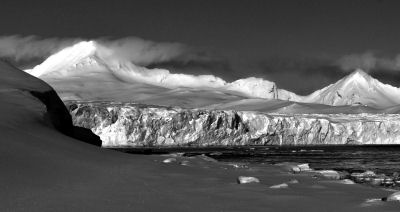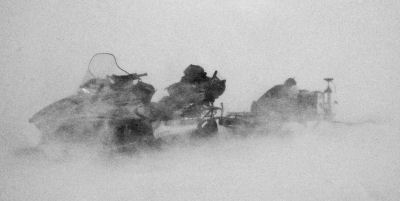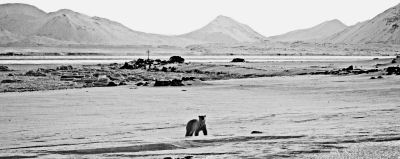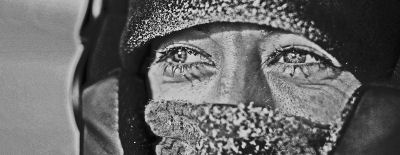|
Strona archiwalna!
Ta strona zawiera treści archiwalne, które nie były zmieniane po 23 września 2019 r. Jeśli chcesz wiedzieć więcej zapoznaj się z deklaracją dostępności
|
||||||
archiwum
 2006 2006
 2008 2008
 2010 2010
 2012 2012
 2014 2014 |
||||||

| ||||||
 |
 |
|||||

|
||||||
| strona główna założenia regulamin kalendarium wskazówki pobierz jury rejestracja zgłoszone projekty galeria gallery | archiwum kontakt | |||||
Description popularizing the research project The hardest heart is as cold as ice. Such was Snow Queen's for most of the tale by Hans Christian Andersen. The Queen's loath and hostile eyes cast icy glances. As ice is simply icy, there should not be any doubts about it, and measuring the temperature seems to be aimless. Analysing the temperature of the same solid ice in various points seems to make even less sense. Yet, after a while it makes perfect sense again as between the freezing point of water (0°C) and, say, the temperature of the solid phase of carbon dioxide (-78,5°C) still there is a number of values. So, there are no obstacles to look for the differences in negative temperatures as they may mean something and depend on something. Abstract The main objective of the project was to determine the response of the glacier subpolar drainage to the progressive warming and its importance for the dynamics and consequently, for the evolution of the glacier. The research included surface energy balance of the Werenskiolbreen and its impact on glacier ablation and thermic conditions, and consequently on the meltwater drainage system. The determination of climate conditions and hydro-thermal structure of the glacier resulting therefrom, will allow following ice changes in recent years. These measurements were used to create models that will be helpful during the reconstruction of the functioning of the glaciers in the previous years, as well as modeling the structure of glaciers in the future. Research on the glacier surface energy balance included the purchase and installing automatic weather stations and setting ablation stakes on the glacier for measuring the mass balance of the glacier. The results of the calculated mass balance for the years 2009-2011 were compared with historical data. Based on 16 years of measurement in the period between 1956 and 2011 the results allow to determine the increasing accumulation and ablation growth in Werenskiold Glacier in the last 55 years. However, the net balance of Werenskiold Glacier in 2009-2011 was negative. The meteorological and hydrological measurements allowed creating a model of ablation based on the model of the solar radiation and sum of positive mean daily air temperature during the ablation and model of surface energy balance of the glacier. Models allowed determining the amount of ablation water for each altitude zone on the Werenskiold Glacier. On the basis of the energy balance model, it was found that the radiation balance and sensible heat are the main factors determining the amount of ablation water on the glacier. The observed changes in energy balance in the upper zones of the Werenskiold Glacier cause an increase in the amount of energy used for ablation. On the basis of modeling and shallow drilling in the snow cover and firn a significant role in shaping the internal accumulation of balance of the glacier was observed.
|
|
|||||

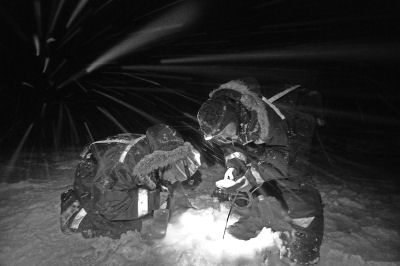
 Against the Wind
Against the Wind